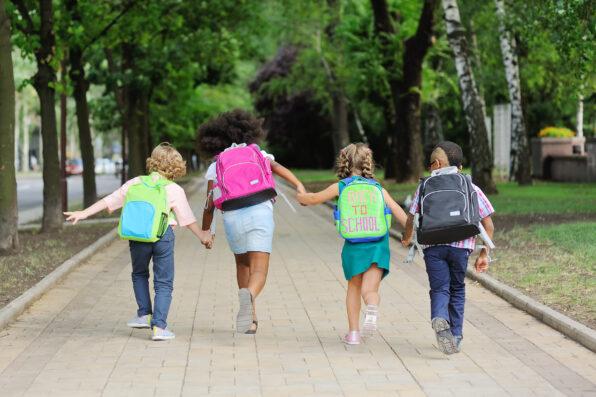
The desegregation of schools in the United States that occurred after the Brown v. Board of Education Supreme Court case in 1954 was a monumental moment in American history.
One of the people that had a great influence on getting the law passed was only a teenager at the time, and her name was Barbara R. Johns.
Barbara was born in 1935 in New York City. As a child, her family moved down to Prince Edward County, Virginia, where they faced a lot of racial discrimination for being Black. Growing up, Barbara was heavily influenced by her family members, including her uncle, Reverend Vernon Johns, a pioneer in the civil rights movement.
Barbara attended the segregated schools in Prince Edward County throughout her childhood and teenage years and could not help but notice how the schools for Black children were falling apart.
The local white children went to schools with a sturdy foundation and received brand-new supplies. Meanwhile, the schools for Black children were built terribly, had no heating, were in unsafe condition, and all of their supplies were beaten up after being handed down from the white schools.
These conditions were especially bad at Barbara’s high school, Robert Russa Moton High School. Many Black families in the area expressed their concern and disappointment in the state of their children’s schools, but no one ever gave them the time of day, and the school board often ignored them.
That’s when 16-year-old Barbara decided to take matters into her own hands. Barbara went throughout her school, gathering students and teachers who were just as fed up with their school conditions as her. On April 23rd, 1951, Barbara and other student organizers had all teachers bring their classes to the school auditorium, where she encouraged everyone to go on strike and not return to school until they could learn in a new school building.
Most of the school’s students joined Barbara in her strike and were determined not to let up until their demands were met. The school’s superintendent, Thomas J. McIlwaine, was not helping them make progress and tried demanding the students return to school, but they stayed on strike. Then, Barbara and fellow strike organizer Carrie Stokes wrote to Oliver Hill and Spottswood Robinson, two lawyers who worked for the NAACP.
The goal was to use the passion from the strike to go to court and demand that schools in Prince Edward County be desegregated so that all students could have equal learning opportunities. On May 23rd, 1951, they filed the court case Davis v. County School Board of Prince Edward County. This case eventually was one of the five cases the Supreme Court reviewed during Brown v. Board of Education, which declared school segregation unconstitutional in 1954.

After the court case had been filed, Barbara and other strike organizers received threats and retaliation from people in their community. In order to safely complete her senior year of high school, Barbara moved to Montgomery, Alabama, to live with her uncle, Reverend Johns.
After high school, Barbara attended Spelman College and met her husband, William Holland Rowland Powell. They married, and she followed him to Philadelphia, Pennsylvania, after he became part of a ministry. They had five children, and she received her bachelor’s degree from Drexel University in 1979.
Barbara worked as a librarian for the Philadelphia school system for 20 years. She worked as a librarian until getting sick and eventually passed away from bone cancer at 56. Starting in April 2018, the state of Virginia declared that every April 23rd would be annually known as ‘Barbara Johns Day’ in honor of the inspiring activism she achieved as a teenager.
If true crime defines your free time, this is for you: join Chip Chick’s True Crime Tribe
Add Some Intrigue To Your Deck This Year By Making A Mini Pond In A Container
Sign up for Chip Chick’s newsletter and get stories like this delivered to your inbox.











